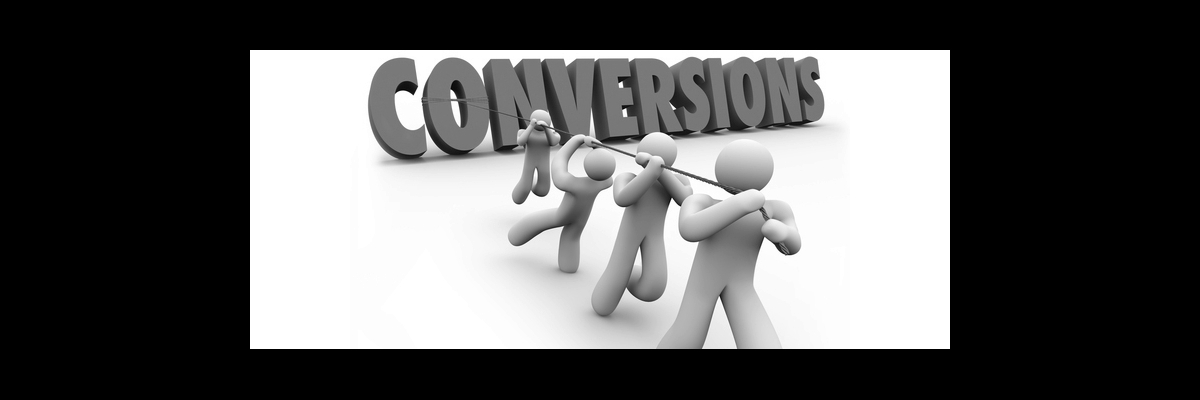
Google Conversion Optimizer: Recent Thoughts
Google AdWords’ Conversion Optimizer tool is certainly nothing new at this point. In fact, its basically considered best practice by Google.
For the most part my relationship with Conversion Optimizer has been a positive one, but there are certainly times when its lifespan should last only the Google recommended minimum 2-3 week test period, and in some cases it really doesn’t make sense to test at all.
Per Google: “Using historical information about your campaign, Conversion Optimizer automatically finds the optimal equivalent CPC bid for your ad each time it's eligible to appear. You still pay per click, but you no longer need to adjust your bids manually to reach your conversion goals.”
More specifically, you provide a Target or a Max Cost-per-acquisition (CPA) and it provides conversions at or below your target cost.
Conversion Optimizer will remove your ability to manage bids at the keyword level, as it changes bids for you based on historical conversion rate and the likelihood that a given keyword will convert. This works great if the bottom line is cost-per-conversion. But if the client favors that certain keywords remain in top positioning, regardless of cost efficiency, these keywords must be separated into their own campaign to guarantee said positioning.
Speaking of keywords, if you plan on adding them early and often, you may want to steer clear of Conversion Optimizer or at least be ready to take breaks once in a while. Because CO runs on historical data, adding new keywords into the fold mid-run decrease its effectiveness. If you’re only adding a few keywords here and there, this shouldn’t be an issue. You can also pause Conversion Optimizer after a bulk keyword addition for a few weeks, gather some new conversion data and re-enable it. I like this strategy for a nice little break back into the world of manual bidding (keeps you sharp).
Another issue is non-AdWords tracking systems. For example, say you utilize AdWords Conversion tracking for form fills, but you also track phone calls through another provider. In about 60-70% of cases, I find there is a strong correlation between form fills and phone calls. If forms are up, chances are phone calls are up, and chances are emails are also coming in more than usual. If this is the case for a particular client, I recommend at least testing Conversion Optimizer. However, if most of valuable leads come from the phones, stay far away.
While every situation is unique, my main concerns when testing Conversion Optimizer, relate to some extent, to the following questions:
- Do I have enough conversion data?
- Is my conversion data volume relatively consistent week over week or month over month?
- Does improving AdWords cost-per-lead typically represent an improved overall cost-per-lead on the client side, or are there other third party tracked leads to consider first?
When To Think Twice About CO:
- 3rd party tracking system (conversions outside of AdWords must be considered)
- Campaigns where targeting is altered often
- Conversion volume is inconsistent
When To Give CO A Whirl:
- Consistent conversion volume
- 20-30+ conversions/month
- Campaign targeting relatively constant
- Client is primarily concerned with AdWords conversions (no 3rd party tracking system)




